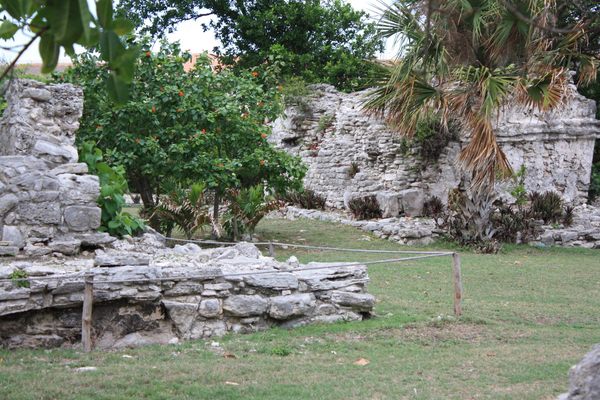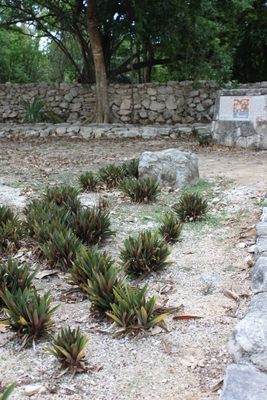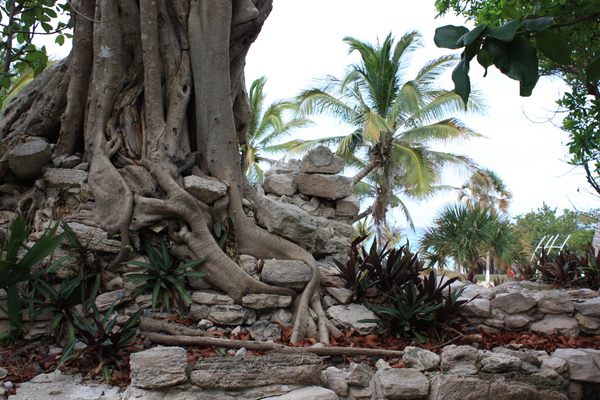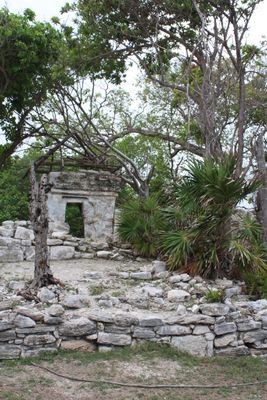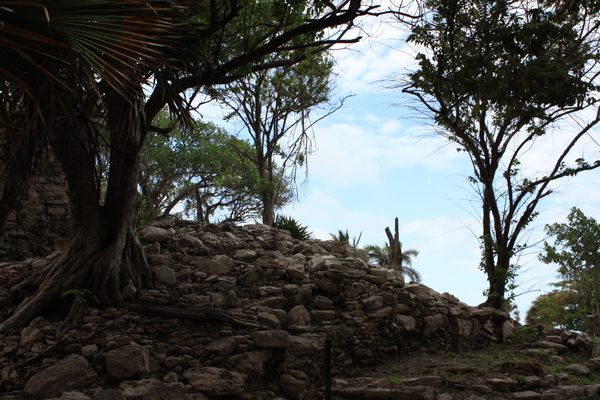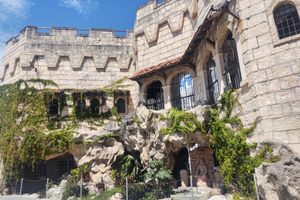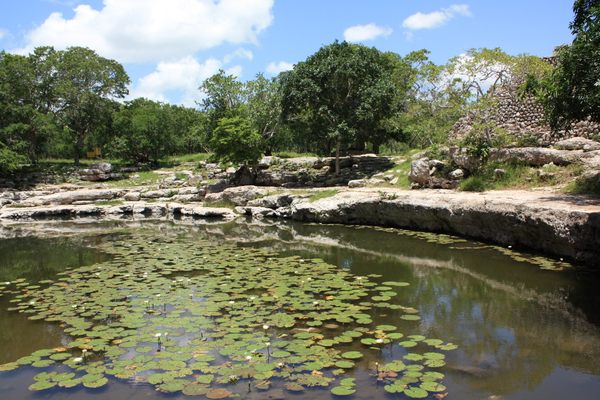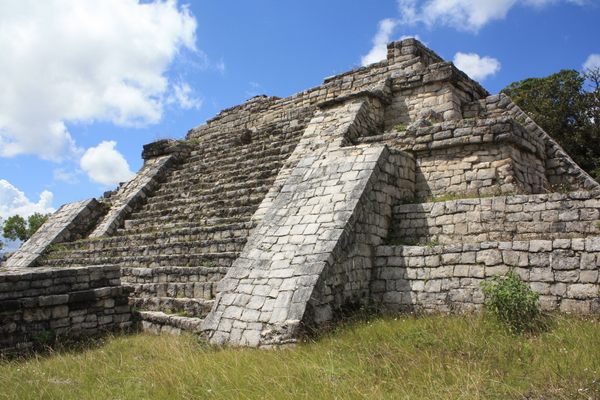About
There have been many stories about the recent population explosion in the Mexican resort town of Playa del Carmen. The 1970 census recorded some 300 people living in the town (mostly fishermen and employees of the ferry company that connected the town to the touristic Cozumel Island), while current estimates give a population of nearly a quarter of a million by the end of 2019.
What most of these stories fail to mention, however, is the history of Xaman-Há, the pre-Columbian Maya settlement of what is now one of the most important resorts of the Riviera Maya.
Xaman-Há was likely established in the 13th century as part of the Ekab chiefdom, during the Maya Postclassic Period. Much like its history in the 1970s and '80s, it was defined by its closeness to Cozumel. The island was home to an important temple dedicated to Ixchel, goddess of love and childbirth. Xaman-Há, whose name means "Northern Water," was the most important departure point for pilgrimages from the mainland to the temple.
By the mid-16th century, when Spanish conquistadors arrived in Cozumel and from there reached Xaman-Há, the Maya population had greatly declined. Most of the people there dedicated themselves exclusively to fishing, the days of linking to the Ixchel temple long gone.
Nowadays, the Xaman-Há ruins occupy a place similar to the ruins of El Rey in nearby Cancún: small sites occupied by more iguanas than people. While beach-goers will often be unaware of or uninterested in the existence of Maya ruins in these resort cities, archaeology lovers will often overlook them in favor of the more-famous Chichén Itzá and Tulum. Regardless, Xaman-Há still stands for all who are interested in visiting this city, reminder of how capricious population growth can be.
Related Tags
Know Before You Go
The Xaman-Há ruins are spread out over a couple of sites. Another site can be found south of the location marked on the map, an additional 5 minutes on foot along Coral Negro Street. Playacar is technically a private residential area, but visiting the ruins is free. Pedestrians are rarely, if ever, stopped for ID at the entry checkpoints during the daytime. If driving in, just mention that you are on your way to one of Playacar's hotels, or to visit a resident.
Yucatan Family Adventure: Meteors, Pyramids & Maya Legends
Explore Maya temples and learn about the asteroid that wiped out the dinosaurs.
Book NowPublished
September 26, 2019
